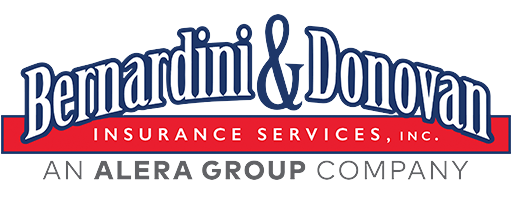Learn what determines tax credits eligibility (and non-eligibility) to help pay for your health insurance
If you want guidance on how to pay for your health insurance, it might be helpful to know if you qualify for tax credit and what counts as income according to the Earned Income Tax Credit Eligibility (EITC).
Here are some quick facts about the earned income tax credit:
- For the 2021 tax year (the tax return you’ll file in 2022), the earned income credit ranges from $1,502 to $6,728depending on your filing status and how many children you have.
- You can use either your 2019 income or 2021 income to calculate your EITC — you might opt to use whichever number gets you the bigger EITC. (In general, the less you earn, the larger the credit.)Be sure to ask your tax preparer to run the numbers both ways.
- You don’t have to have a child in order to claim the earned income credit.
- The earned income tax credit doesn’t just cut the amount of tax you owe — the EITC could also score you a refund, and in some cases, a refund that’s more than what you actually paid in taxes.
- If you claim the EITC, the IRS cannot issue your refund until mid-February by law.
Read more about this at Nerd Wallet.
WHO QUALIFIES AND WHAT COUNTS AS EARNED INCOME FOR THE EITC:
Federal and state laws and regulations seem to change faster than you can keep up.
Low- to moderate-income workers with qualifying children may be eligible to claim the Earned Income Tax Credit (EITC) if certain qualifying rules apply to them.
According to the IRS, you may qualify for the EITC even if you can’t claim children on your tax return. Learn more about how to claim the EITC without a qualifying child here.
Eligibility for tax credits is determined by several criteria, including the amount of income you make.
- You must have at least $1 of earned income (pensions and unemployment don’t count).
- Your investment income must be $10,000 or less.
- For the 2021 tax year, you can qualify for the EITC if you’re separated but still married. To do so, you can’t file a joint tax return and your child must live with you for more than half the year. You also must have not lived with your spouse during the last six months or you must have a separation agreement or decree.
- You must not have to file Form 2555, Foreign Earned Income; or Form 2555-EZ, Foreign Earned Income Exclusion.
There are also additional requirements such as age, foreign income, investment income, and dependents that you can read more about here on the Disability Benefits 101 (DB101) website. Below is a list of more common criteria:
- You must meet adjusted gross income requirements.
- You must have earned income from employment, self-employment, or employer-paid disability benefits received prior to retirement.
- You must have a Social Security Number valid for employment.
- You cannot file your taxes as “married filing separately.” If you’re married, you must file a joint tax return.
- You must be a U.S. citizen or resident alien. If not, you must be married to a U.S. citizen or resident alien and filing a joint tax return.
- You must live in the U.S. for more than half of the year.
Here’s what counts as earned income:
- Federal taxable wages
- Tips
- Self-employment income
- Unemployment compensation
- Pandemic Unemployment Compensation ($300/week)
- Social Security
- Social Security Disability Income (SSDI)
- Retirement or pension
- Excluded (untaxed) foreign income
- investment income
- Alimony (only if divorce or separation finalized before Jan. 1, 2019)
Employer-paid disability payments received prior to retirement are considered earned income under the EITC program. But benefit payments received from a policy you paid the premiums for, or that you received post-retirement, would not be considered earned income.
WHAT DOES NOT COUNT AS EARNED INCOME FOR EITC:
- Child support
- Gifts
- Supplemental Security Income (SSI)
- Veteran disability payments
- Worker’s compensation
- Proceeds from loans (like student loans, home equity loans, or bank loans)
- Child Tax Credit checks or deposits (from the IRS)
- Stimulus payments (Economic Impact, American Rescue Plan, Golden State, etc.)
HealthCare.gov provides an extended list of qualifications (and non-qualifiers) to help you estimate what your household income is likely to be for the year.
IN SUMMARY:
If you fall within the guidelines for the credit, be sure to claim it on your return when you do your taxes And if you didn’t claim the earned income credit when you filed your taxes in the last three years but you think you qualified for it, the IRS encourages you to let it know so you can get that money back.



 In
In
 Purchasing group health insurance as a small business owner can be a rather intimidating task. This is especially true when you try to do it all on your own without any help. However, the process can be made a lot easier and less daunting if you let a
Purchasing group health insurance as a small business owner can be a rather intimidating task. This is especially true when you try to do it all on your own without any help. However, the process can be made a lot easier and less daunting if you let a











